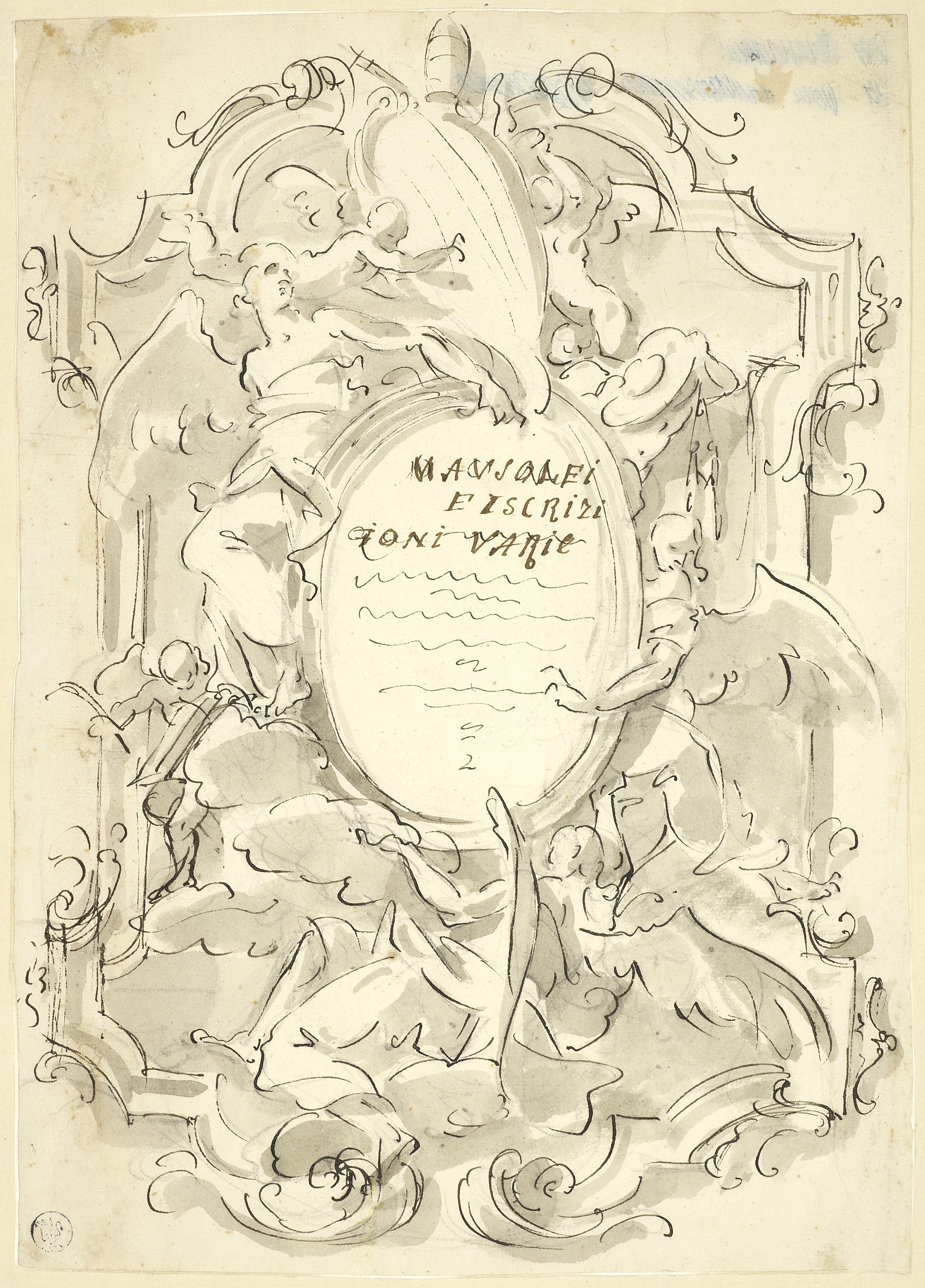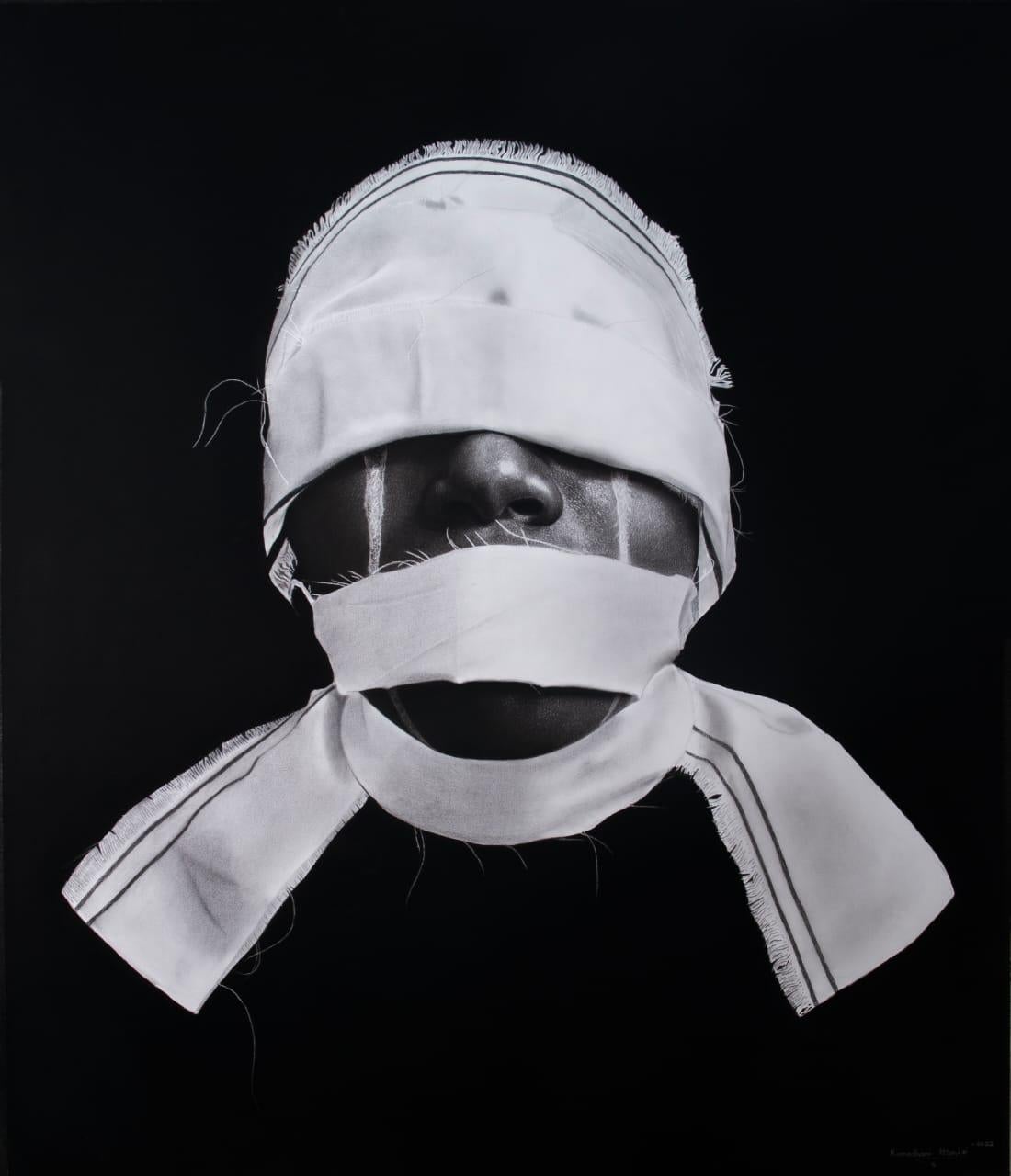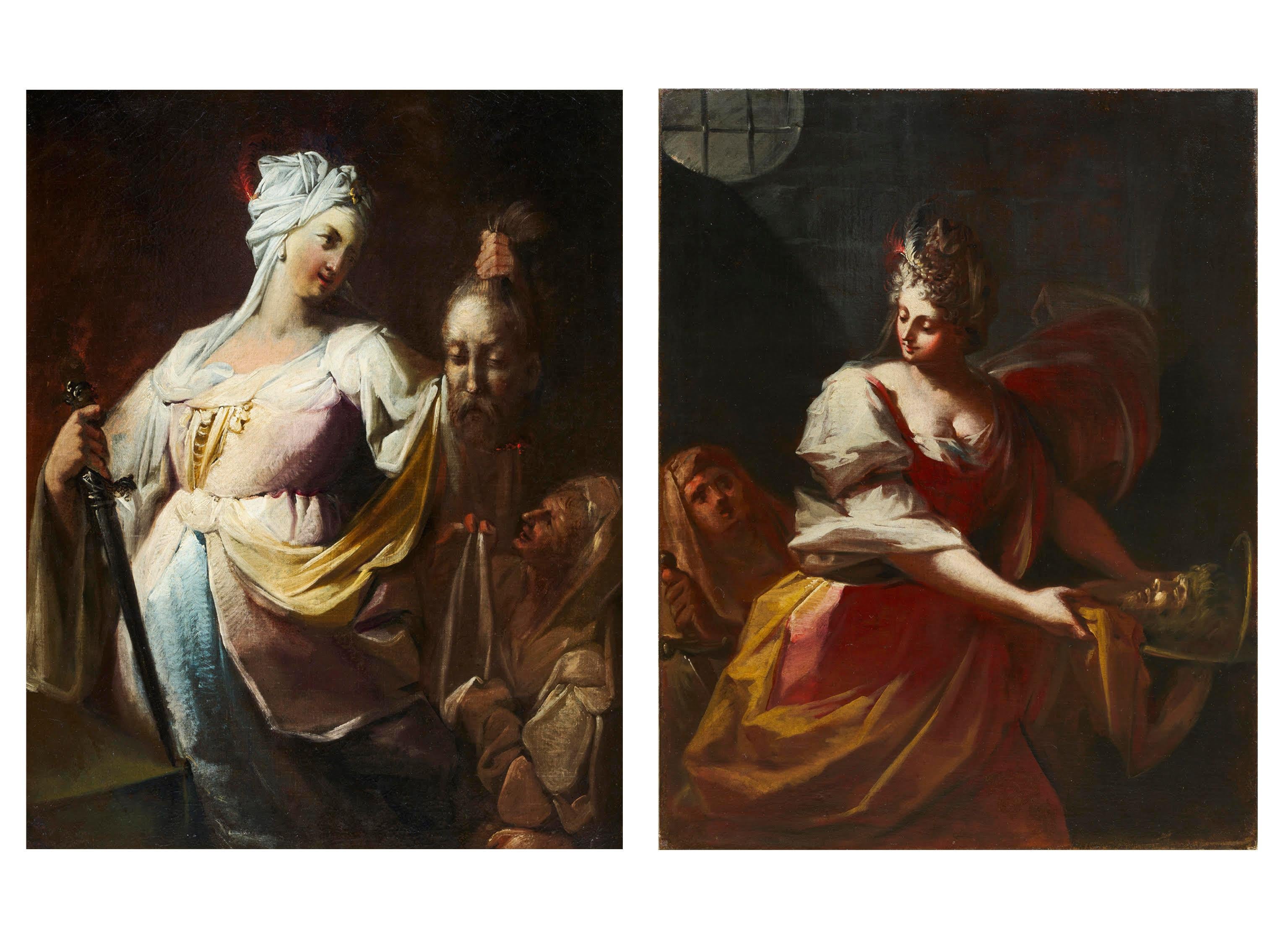Items Similar to Sunset
Want more images or videos?
Request additional images or videos from the seller
Pilar Pérez PradoSunset2006
2006
About the Item
Sunset
- Creator:Pilar Pérez Prado
- Creation Year:2006
- Dimensions:Height: 31.5 in (80 cm)Width: 25.6 in (65 cm)Depth: 0.99 in (2.5 cm)
- Period:
- Framing:Framing Options Available
- Condition:
- Gallery Location:MADRID, ES
- Reference Number:1stDibs: LU2282212268352
About the Seller
No Reviews Yet
Vetted Seller
These experienced sellers undergo a comprehensive evaluation by our team of in-house experts.
Established in 2008
1stDibs seller since 2023
9 sales on 1stDibs
Typical response time: 1 to 2 days
- ShippingRetrieving quote...Ships From: MADRID, Spain
- Return PolicyThis item cannot be returned.
More From This SellerView All
- MascaradaLocated in MADRID, ESMascaradaCategory
Late 20th Century Drawings and Watercolor Paintings
MaterialsMixed Media
- Hembras por la RazónLocated in MADRID, ESHembras por la RazónCategory
Late 20th Century Drawings and Watercolor Paintings
MaterialsMixed Media
- RecelosLocated in MADRID, ESRecelosCategory
Late 20th Century Drawings and Watercolor Paintings
MaterialsMixed Media
- Madre y ReinaLocated in MADRID, ESMadre y ReinaCategory
Late 20th Century Drawings and Watercolor Paintings
MaterialsMixed Media
- Vivaz MultiplicidadLocated in MADRID, ESVivaz MultiplicidadCategory
Late 20th Century Drawings and Watercolor Paintings
MaterialsMixed Media
- LevedadLocated in MADRID, ESLevedadCategory
Late 20th Century Drawings and Watercolor Paintings
MaterialsMixed Media
You May Also Like
- Study for a Frontispiece, a baroque drawing by Giovanni Antonio PellegriniBy Giovanni Antonio PellegriniLocated in PARIS, FRThis masterly frontispiece study, executed with a very sure hand, testifies to the survival of the great Baroque taste in 18th century Venice. It could be one of the very last works by Giovanni Antonio Pellegrini: the few lines that cross the papal arms evoke those of Benedict XIV, who became pope in 1740, one year before the artist's death. 1. Giovanni Antonio Pellegrini and the European influence of Venetian history painting in the 18th century Giovanni Antonio Pellegrini was born in Venice in 1675 and trained in the studio of the Milanese painter Paolo Pagani (1655 - 1716). Pagani, who had been living in Venice since 1667, took him to Moravia and Vienna from 1690 to 1696. After a stay in Rome from 1699 to 1701, Pellegrini married Angiola Carriera in 1704, the sister of the great pastelist Rosalba Carriera. From 1708 onwards, Pellegrini left Venice and began an extensive tour of Europe: he worked in England between 1708 and 1713, where he met great success, particularly at Kimbolton Castle and Castle Howard. He then worked in Germany and the Netherlands, then in Bohemia and Austria, before returning briefly to England in 1719. In 1720 he was in Paris where he decorated the ceilings of the Royal Bank for John Law...Category
1740s Old Masters Figurative Drawings and Watercolors
MaterialsInk
- Blinded and Dumbed IILocated in Miami, FLRealism Portrait DrawingCategory
2010s Photorealist Portrait Drawings and Watercolors
MaterialsCharcoal, Archival Paper, Pencil
- Septimo PasilloLocated in Miami, FLDagoberto Rodríguez Septimo Pasillo, 2021 Watercolor on paper 200 x 260 cm.Category
2010s Contemporary Abstract Drawings and Watercolors
MaterialsWatercolor
- SearchingLocated in New York, NYTriptych of charcoal on paper cradled on board Signed en verso Framed Dimensions: Panel 1: 39" X 50.5" X 2.75" Panel 2: 50.5" X 62.5" X 2.75" Panel 3: 39" X 50.5" X 2.75"Category
21st Century and Contemporary Abstract Drawings and Watercolors
MaterialsPaper, Charcoal, Board
- UntitledBy Franz KlineLocated in Beverly Hills, CAProvenance: Marlborough Gallery David McKee, Inc. Manny Silverman Gallery Private collection, Los AngelesCategory
1950s Abstract Expressionist Abstract Drawings and Watercolors
MaterialsPaper, Ink
- Judith and Salome, a pair of oil paintings on canvas by Francesco ContiLocated in PARIS, FRThis widely referenced pair of paintings is one of Francesco Conti’s most successful productions. Francesco Conti is one of the finest painters of 18th-century Florence. In the shimmering colors typical of his best work, he represents two opposite characters from the Bible: the virtuous Judith, whose courage saves her people by cutting off the head of the invader Holofernes, and the depraved Salome, who under the influence of her mother becomes responsible for the beheading of the prophet John the Baptist. The artist's talent lies in his ability to treat these two macabre subjects with a light touch, presenting us with two attractive women who seem to twirl with glee amidst the severed heads... 1. Francesco Conti, the “Florentine Tiepolo” Francesco Conti is a major painter of the Florentine school of the 18th century; he can even probably be considered, along with Giovanni Domenico Ferretti (1692-1768), as one of the two main painters of the second quarter of the Florentine 18th century. Born in Florence in 1682, Francesco Conti began his apprenticeship in the workshop of Simone Pignoni (1611 - 1698), a disciple of Francesco Furini; he was also influenced by the Venetian Sebastiano Ricci. A protégé of Marquis Riccardi, he accompanied him to Rome between 1699 and 1705, where he frequented Carlo Maratta's studio. He settled permanently in Florence in 1705. Painted exclusively on canvas, the majority of his work consists of religious subjects, altarpieces or private devotional works. It is likely that Conti himself was a devout churchgoer, as evidenced by his affiliation, in the third decade of the eighteenth century, to the Society of the Disciples of Saint-John-the-Baptist, and his entry, at the end of his life, into the fraternity of the Venerable Society of the Holy Trinity. In Florence, Conti worked for the Grand Duchy's major patrons, including the last Medici - in particular Giangastone and Annamaria Luisa, Electress Palatine - and confirmed his role as a reference painter under the Lorraine Regency, as master of the Public Drawing School, which was closely linked to the institute responsible for the manufacture of semi-precious stone mosaics, then located in the Uffizi complex. Matteo Marangoni, an art critic of the early 20th century, praised his "brushwork full of elegance and true spirit of the 18th century", pointing out that Conti was "probably one of the best colorists" of the Florentine school of his time. These two characteristics led the art historian Paolo dal Poggetto to nickname him the "Florentine Tiepolo". 2. Judith and Salome, two biblical characters opposing each other These two paintings form a pair presenting two biblical episodes, which have in common the depiction of a "heroine" carrying the severed head of a man. While the Salome episode might at first appear to be an echo of the Old Testament story of Judith, each character is the exact opposite of the other. Judith, whose story is told in the Book of Judith, is a beautiful young widow from Bethulia who, accompanied by her maid, went into the camp of the invading Assyrians and won the confidence of Holofernes, the general commanding the enemy army. Invited to a great feast on the fourth evening, she took advantage of Holofernes' drunkenness to cut off his head. “She went up to the bedpost near Holofernes’ head, and took down his sword that hung there. She came close to his bed, took hold of the hair of his head, and said, “Give me strength today, O Lord God of Israel!” Then she struck his neck twice with all her might, and cut off his head. Next she rolled his body off the bed and pulled down the canopy from the posts. Soon afterward she went out and gave Holofernes’ head to her maid, who placed it in her food bag...Category
1710s Old Masters Figurative Drawings and Watercolors
MaterialsCanvas, Oil
Recently Viewed
View AllMore Ways To Browse
Raw Natural Ruby R
Reg K Gee
Rene Weaver On Sale
Robert David Jewelers
San Diego Paintings James Nyika
Sara Kolb Danner
Seattle Hermes
Sheila Olsen
Sheridan Silversmith
Sidney Sime
Stephen Sprouse Illustrations
Stuart Archibald
T Britt Painting
T Highlands Water Colors
The Vulgarians By Osborn
Vintage Gibson Hollow Body
Vintage Squeezebox
Wachsteter Mary Martin





